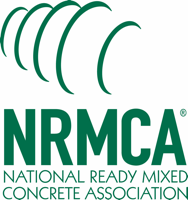
P2P is an acronym for Prescription to Performance specifications. The P2P Initiative, led by the National Ready Mixed Concrete Association (NRMCA), advocates for the ready mixed concrete industry to promote a shift from traditional prescriptive specifications to performance specifications for concrete. Initiatives are addressed through the NRMCA Research Engineering and Standards (RES) Committee.
- P2P – Benefits
- Recorded Webinar – Performance-Based Specifications – State of the Industry and Way Forward
- Copy of Presentation with notes and supporting documents
(will download to your computer) - Resources for Selecting Durability Exposure Classes and Concrete Requirements
- Resources for the Architect/Engineer
- Resources for the Producer
